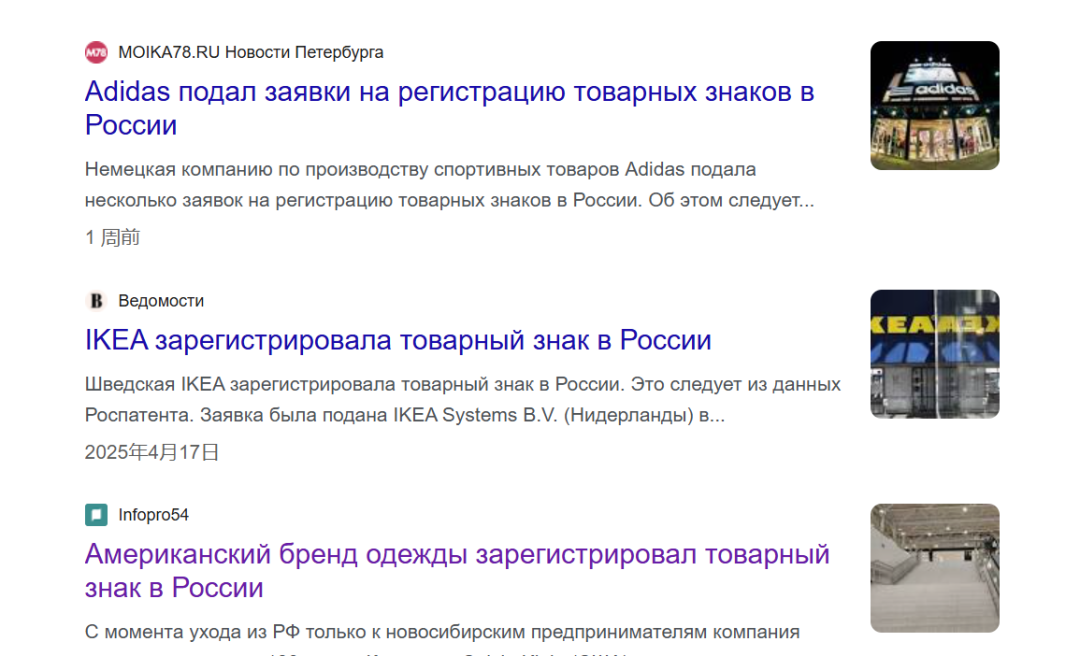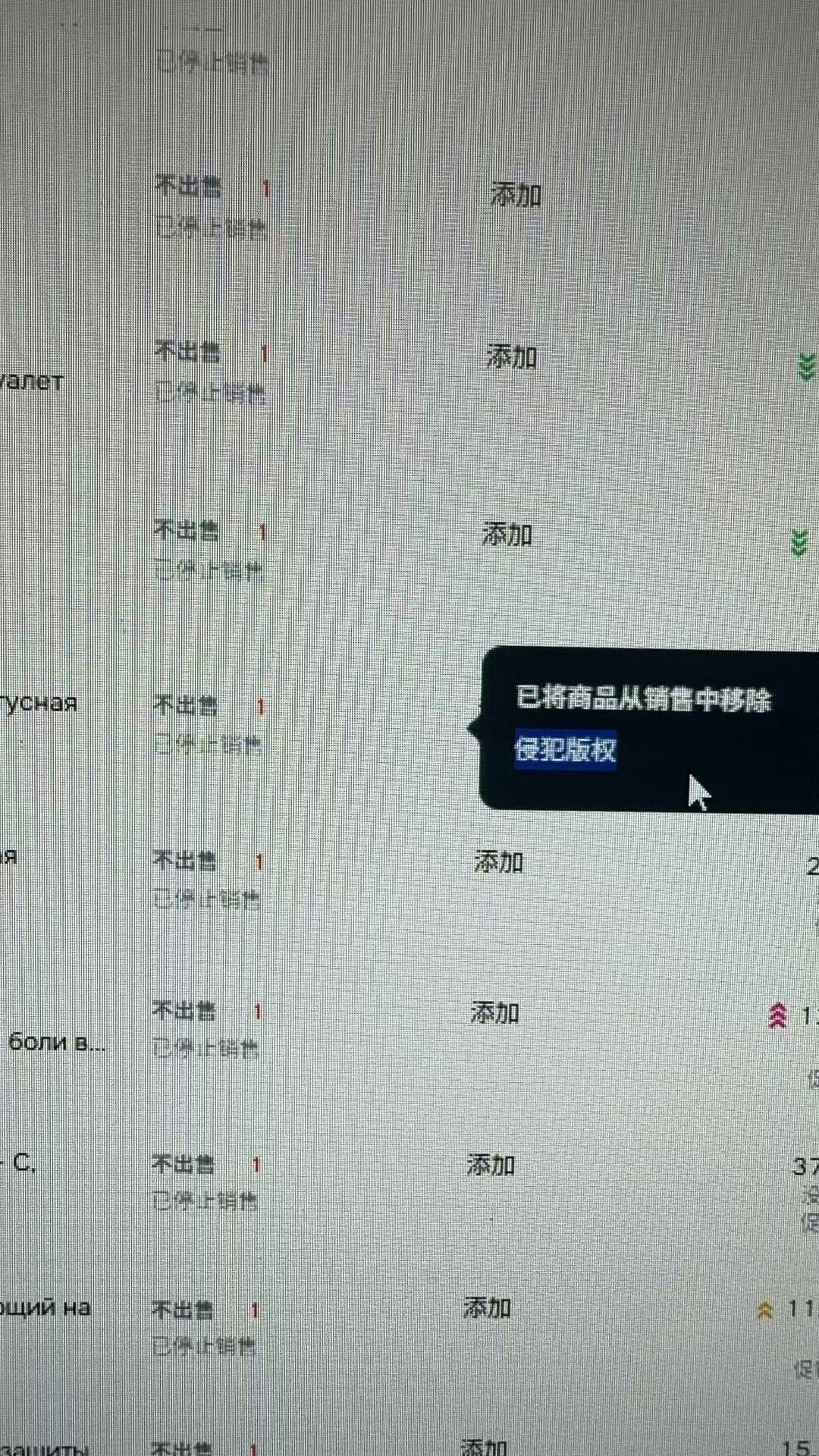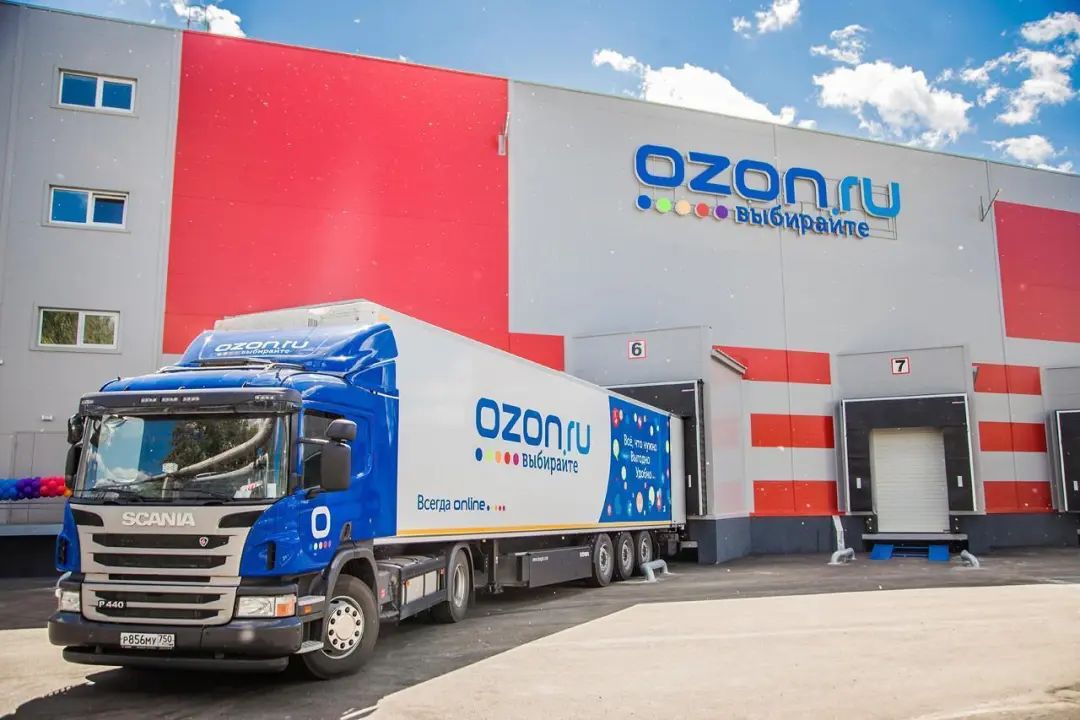Trouble Strikes! Russian Platform Strictly Investigates China Sellers...
Recently, the Russian-Chinese seller community has been in an uproar as the OZON platform launched a compliance sweep, resulting in tens of thousands of Chinese sellers' product listings being taken down overnight.
While the smoke of the Russia-Ukraine conflict had not yet cleared, the Russian market extended an olive branch to Chinese sellers. Under sanctions from dozens of countries, companies from Europe, the United States, Japan, and South Korea withdrew one after another, creating a trillion-level market vacuum.
Chinese sellers, bringing cost-effective products, are flooding the market. Yiwu ships 32,000 parcels to Russia daily, and the China-Russia cross-border payment system processes an average of 21,000 transactions per day—both are testaments to that period of explosive growth.
The market is never a stagnant pond. When Adidas submitted a batch of trademark registration applications to the Russian Federal Intellectual Property Office on July 11, 2025, many realized that the tide had turned.

Image source: Paidai Cross-border
Data from the Kokoc Group is more straightforward — among the 560 foreign companies that withdrew after the outbreak of the conflict in 2022, 235 have quietly returned. The once Chinese sellers' carnival is gradually being filled up by returning European and American brands.
This wave of removals by Ozon is not targeting small, unbranded sellers, but rather Chinese sellers listing major brands.

Of course, apart from most cases being handled by the platform itself, some may also be the result of reports from competitors. "Some people have found that if a highly ranked local store reports a competitor, claiming there are issues with their brand, the platform will take down all the listings from that store," an industry insider said.
No matter what, the turmoil caused by this delisting has resulted in heavy losses. Even if the products are relisted, their ranking and reviews have already been reset to zero. To generate sales again, advertising becomes necessary. It’s worth noting that Ozon’s template ads start at 14,000 rubles (about 1,225 RMB), which creates tremendous cost pressure.
Although the platform has assisted some sellers in restoring their listings, the impact of this incident is far from over. Ozon’s large-scale removal of product listings actually reflects its increasingly strict approach to brand management, particularly in its rigorous crackdown on counterfeit brand authorizations.
According to the data, Russia's e-commerce market reached a revenue of $86.603 billion in 2024, and the growth trend remains strong. Ozon and Wildberries together hold over 80% of the market share, with Wildberries leading at 56%, followed closely by Ozon.

As the second largest domestic e-commerce platform in Russia, Ozon has become deeply integrated into the country’s digital economy—covering 75% of the Russian population, with over 70 million monthly active users. Its GMV is expected to exceed 1.2 trillion rubles (approximately 94 billion RMB) by 2025. Furthermore, its cross-border business has achieved a year-on-year growth rate of 380%, making it a core channel for Chinese supply chains to enter the Eurasian market.
However, Sino-Russian cross-border e-commerce is shifting from "extensive growth" to "compliant competition." Ozon's compliance system, beneath its stringent appearance, actually reflects a profound commitment to maintaining the local market order and consumer safety. It requires sellers to abandon any chance-taking mentality and prioritize compliance as the core gene of their operations.
Each certification obtained and every careful verification of the prohibited sales list serve to strengthen one's commercial vitality. In the Russian e-commerce landscape, a land full of opportunities but governed by strict rules, compliance is not a cost but the most long-term investment.

Only by undertaking systematic compliance reforms, enhancing supply chain resilience, and deepening localization can Chinese sellers secure an invincible position amid structural adjustments in the Russian market. With the deepening of the China-Russia digital trade agreement, those enterprises that take the lead in transformation and upgrading are expected to become core participants in the new cross-border e-commerce ecosystem across Eurasia.
【Copyright and Disclaimer】The above information is collected and organized by PlastMatch. The copyright belongs to the original author. This article is reprinted for the purpose of providing more information, and it does not imply that PlastMatch endorses the views expressed in the article or guarantees its accuracy. If there are any errors in the source attribution or if your legitimate rights have been infringed, please contact us, and we will promptly correct or remove the content. If other media, websites, or individuals use the aforementioned content, they must clearly indicate the original source and origin of the work and assume legal responsibility on their own.
Most Popular
-

List Released! Mexico Announces 50% Tariff On 1,371 China Product Categories
-

EU Changes ELV Regulation Again: Recycled Plastic Content Dispute and Exclusion of Bio-Based Plastics
-

Mexico officially imposes tariffs on 1,400 chinese products, with rates up to 50%
-

Clariant Unveils Cost-Cutting Plan Details, Plans to Shut Down Multiple Plants
-

Nissan Cuts Production of New Leaf EV in Half Due to Battery Shortage






